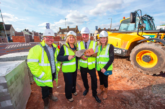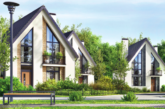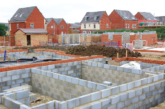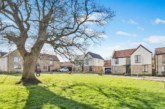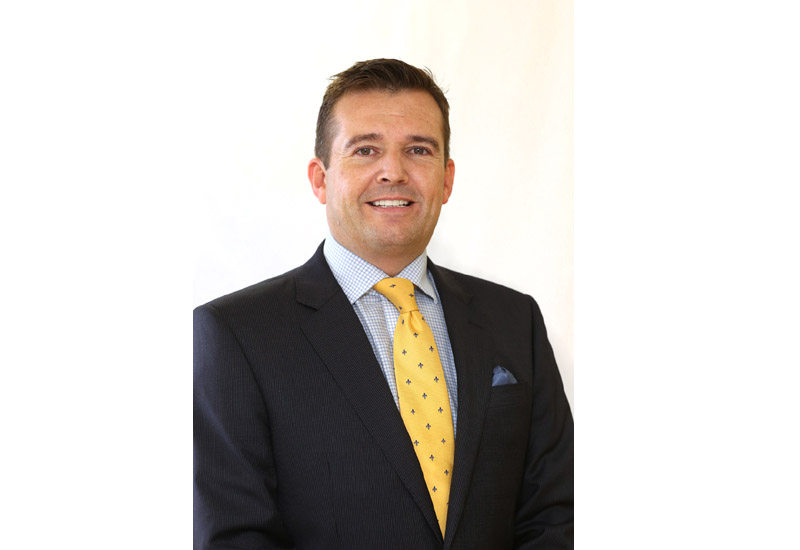
PHPD continues its look at the development opportunities in specific areas across the UK. This issue Toby Greenhow, head of Residential Development Sales at Savills in Cambridge, presents a city at a crossroads.
Cambridge is at a crossroads. As one of the fastest growing economies in the country, it is a beautiful, medieval city that punches way above its weight for UK Plc. Despite a population of just 284,715 across Cambridge and South Cambridgeshire, its influence as a world-leading centre for biomedical research and development is vast.
A new cross sector report from Savills research team paints a revealing picture of the challenges of success. With more than 4,300 knowledge intensive firms, the economy continues to thrive and people have followed the jobs. Yet this comes at a cost. Cambridge is facing considerable pressure on housing and affordability – house prices have risen rapidly since 2013 with growth rates on par with London – as well as pressures on commercial space and infrastructure. These all need to be addressed if it is to remain competitive.
The Local Plan
According to recent Local Plan evidence, Cambridge and South Cambridgeshire require 1,667 new homes a year, of which 799 ought to be affordable. Current policy levels of affordable housing identified as viable in the Local Plan suggest that affordable housing tariffs should be set at 35% and 30% for Cambridge and South Cambs respectively.
Based on our own analysis, our research team therefore calculates that in order to deliver the required amount of affordable housing and the appropriate tenure mix, the combined housing target should be set at 2,415 per annum. This figure is 748 homes higher than the current estimate of need. Given the average annual housing delivery rate over the last four years of 1,407, this leaves a shortfall of 1,008 homes a year or over 20,000 across the whole 20 year plan period.
Brownfield sites
Just where future residential development should take shape is a key factor in the Cambridge debate. The main approach at present is a combination of expanding existing satellite towns and villages and creating new ones. Many of the sites in the pipeline are former RAF airfields, fulfilling criteria for brownfield redevelopment and efficient use of surplus public sector land and avoiding the opposition to Green Belt development.
One thing is certain, if Cambridge is to continue to compete on a global scale it must plan for future growth.

